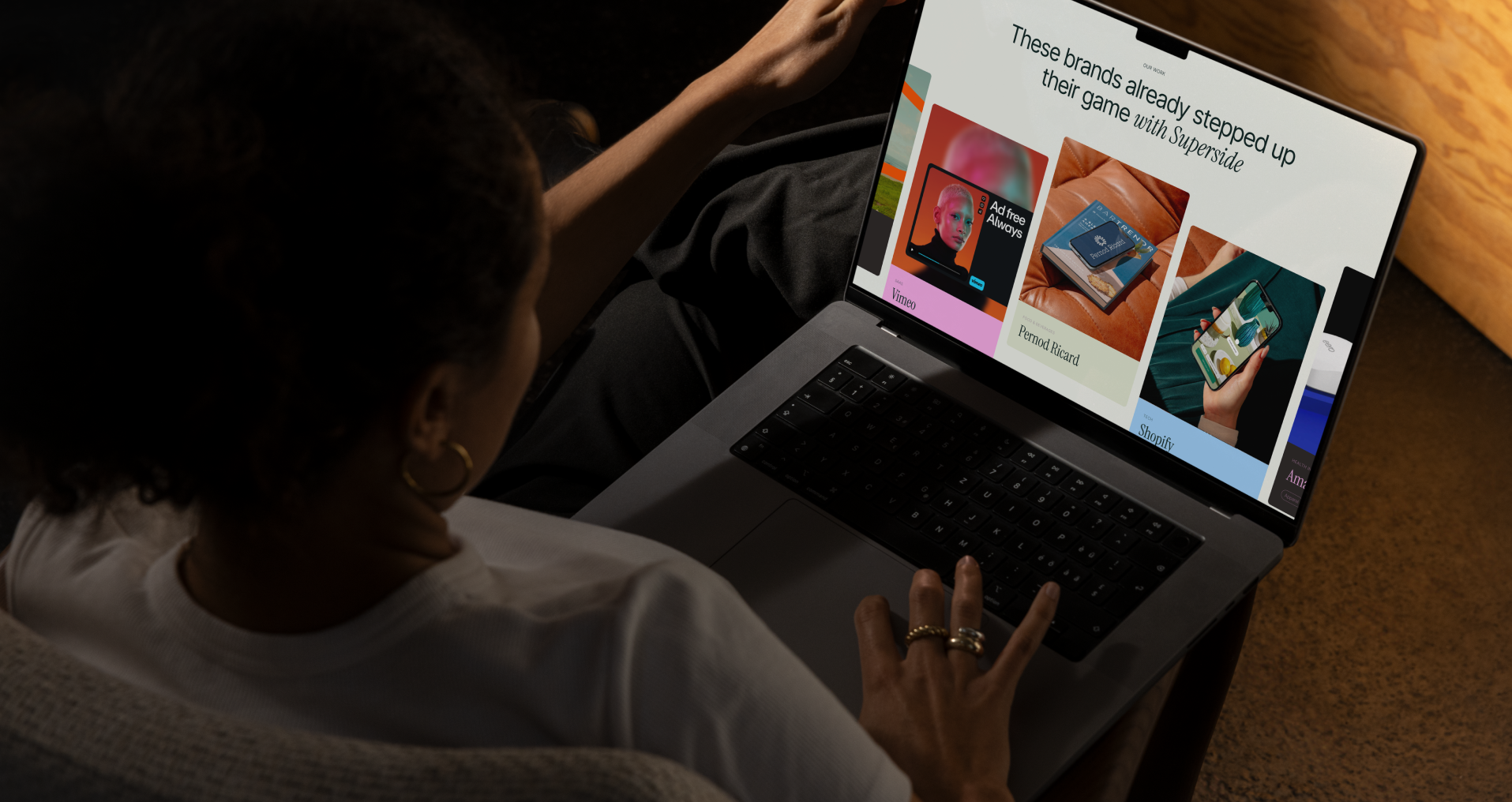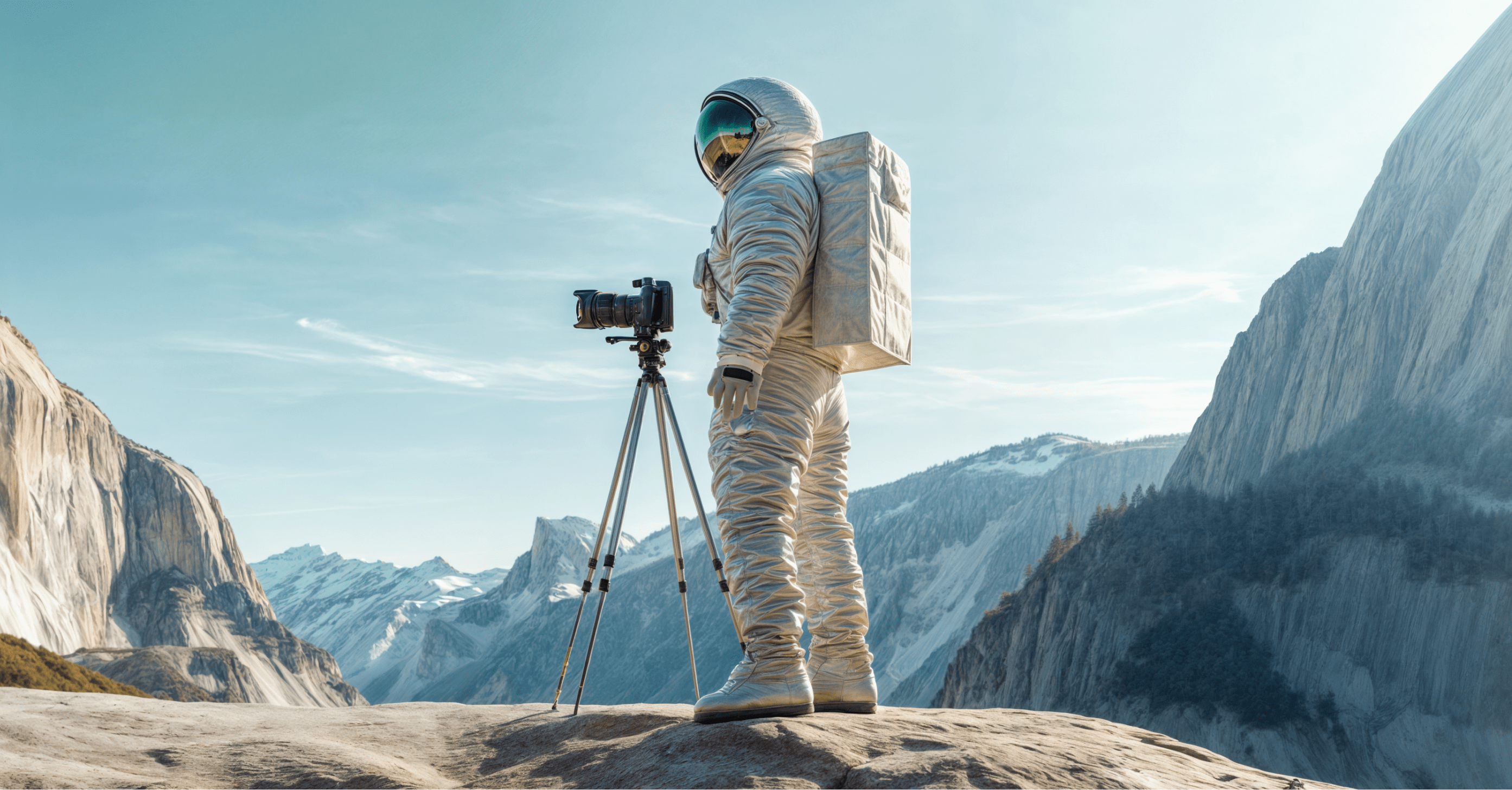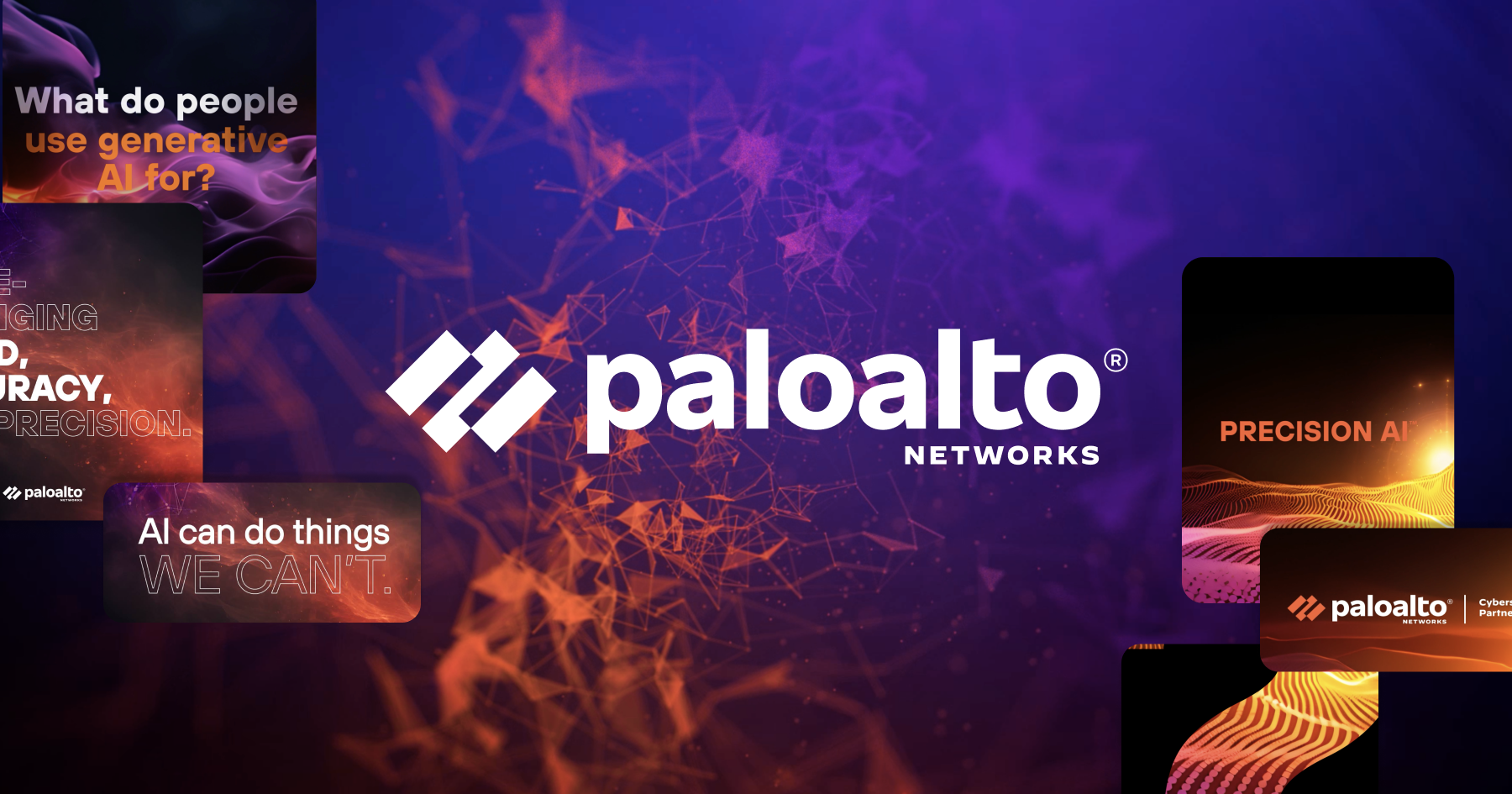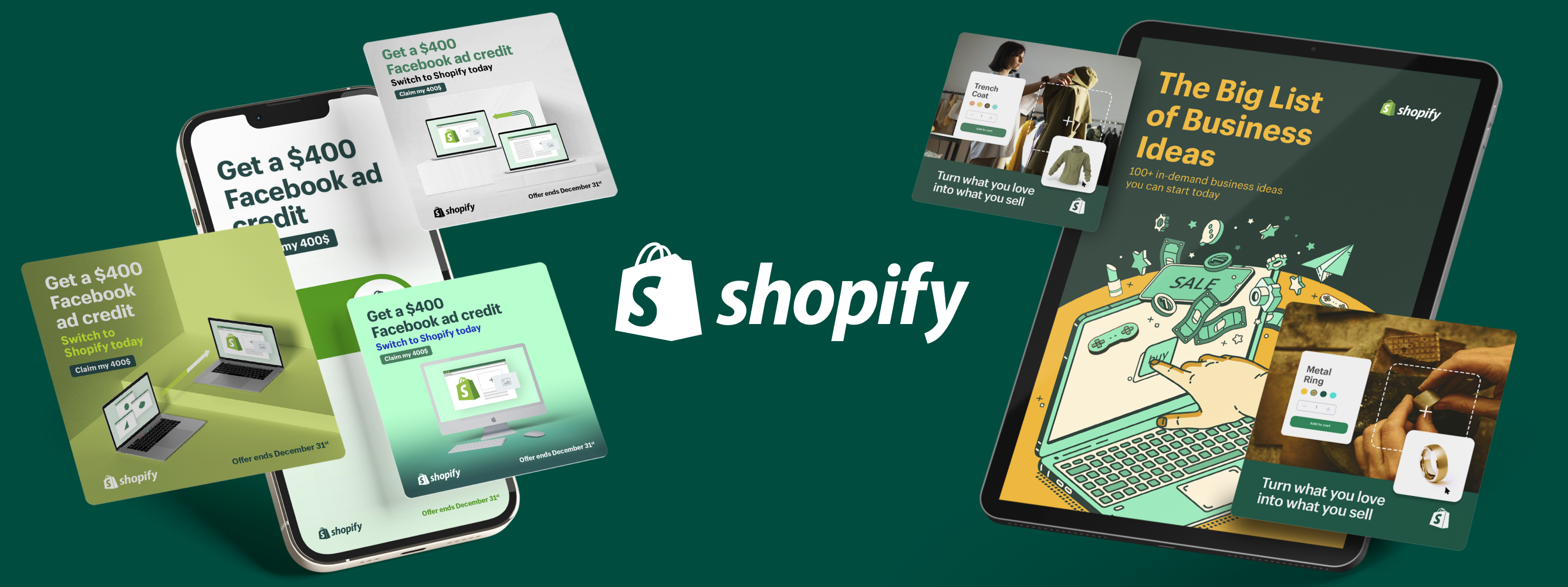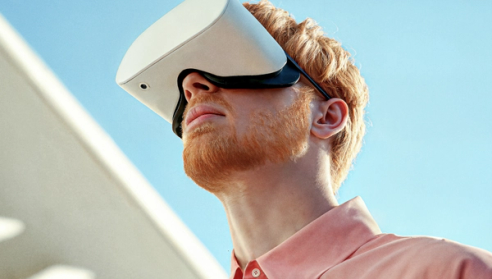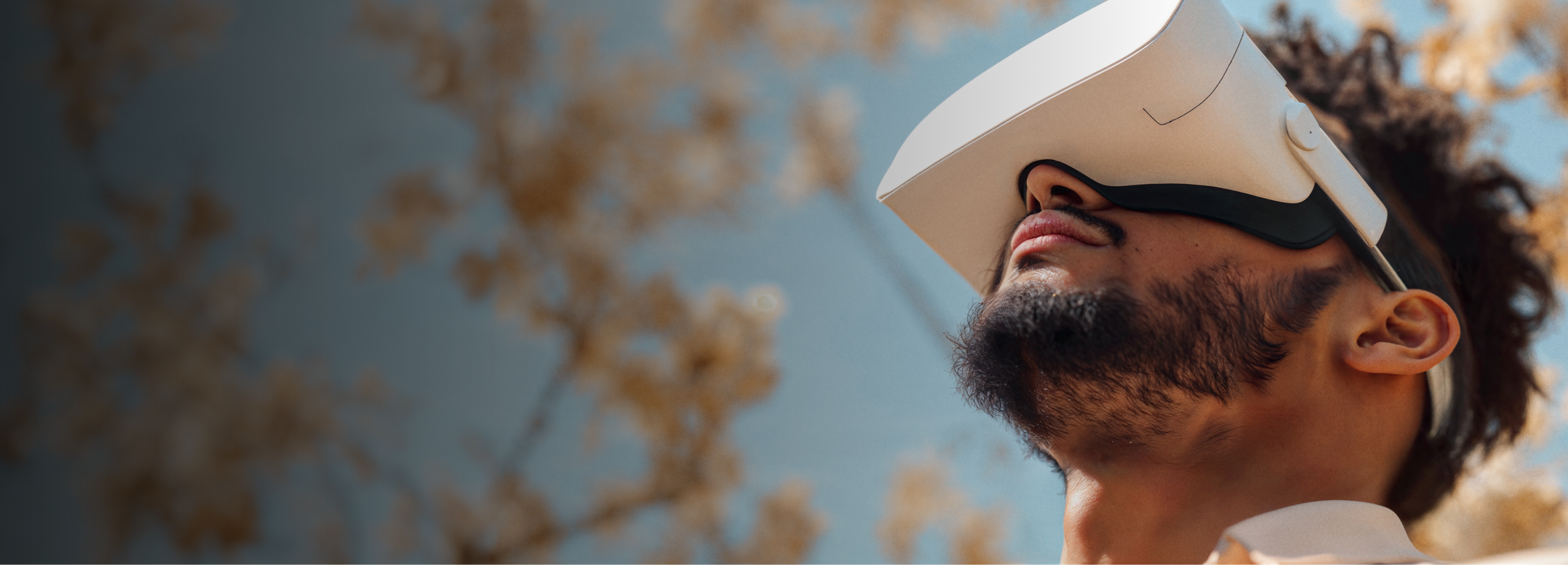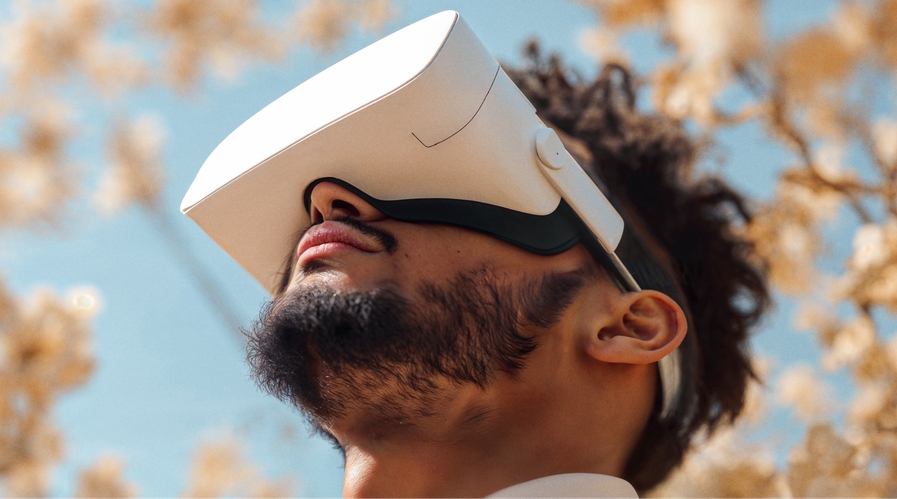7 Actually Awesome Augmented Reality (AR) Advertising Campaigns


How do you create an AR advertising campaign that’s more than a gimmick? That builds brand equity and drives tangible results? By learning the secrets behind what made these successful AR advertising campaigns work. With recent examples from both B2B and B2C, there’s something here for marketers and creatives of all stripes.
It’s official: We’re now living in the metaverse. Well, almost. AR advertising campaigns have been around for a decade—(remember Pepsi’s viral 2014 bus shelter AR campaign?)—but we’re entering a ramp up phase as more brands, both B2C and B2B, experiment with AR advertising campaigns.
Snapchat, Facebook, Instagram and others have offered AR ad formats for years. But Meta’s recent launch of Instagram Reels and Stories AR ads has pushed AR advertising to new heights in 2023. AR ad spending on mobile alone is expected to reach $6.68 billion USD by 2025.
The continual development of new AR advertising formats is an opportunity for marketers to act early and capture more attention by being some of the first to experiment with novel technology. Here are seven AR advertising examples to inspire you.
What is AR Advertising, Really?
AR advertising incorporates augmented reality elements to create highly engaging and unique customer interactions. Clear as mud? Think of augmented reality as another layer on top of our real, physical world. A digital layer that we see through our phone, tablet or even those (admittedly cool) smart sunglasses.
In advertising, these elements can include front camera experiences, like branded face filters for social media, or back camera filters to add something virtual to a user’s physical environment through their screen.
Does AR Advertising Work?
In short: Yes.
Meta found AR advertising campaigns provide 11.2 times higher brand lift and 600% more recommendations compared to traditional marketing campaigns. Plus, augmented reality ads cost an average of 59% less.
The entire mobile augmented reality market is expected to be worth over $36 billion USD by 2026. Although most people think about the B2C market when it comes to augmented reality, the truth is there’s a massive opportunity for B2B marketers to win with AR right now, as you’ll see from some of the examples below.
AR Advertising Examples
1. AR Advertising for B2B Event Promotion
Source: Superside on Instagram
Goal: Drive conference registrations for a primarily B2B audience
Type of campaign: Interactive Instagram Stories face filter
Why this works:
- Uses gamification to gather more data about the audience.
- Delivers a personalized recommendation.
This face filter Instagram AR lens effectively turns a webinar ad into a game. By moving their head left or right, the user answers a few questions to determine which session at an upcoming Superside event would be the most interesting for them.
The key here is to keep participation easy, quick and fun. Keeping it to five or fewer questions increased the likelihood that people would complete it. The animated graphics and head tilting answering method keep it fun for the user, too. Much more fun than clicking checkboxes on a form, right?
The result is an AR advertising campaign that successfully engaged a B2B audience, giving them a positive brand experience (thanks, personalization!) while providing the brand a wealth of data from their answers.
This 10-day AR advertising campaign generated over one million impressions and an average interaction time of 41 seconds—definitely longer than users would normally spend looking at a static conference ad, if they looked at it at all.
2. Boosting Bookings with an Augmented Reality Game
Source: Meta
Goal: Increase flight bookings
Type of campaign: Interactive Instagram face filter game; A/B test
Why this works:
- Engages users right away.
- Delivers value immediately (discount code).
VietJet Air took two smart approaches here. First, they rewarded people right away for engaging with their AR advertising campaigns by giving out discount codes immediately after people finished the game. And second, they A/B tested two different AR filter games to see which one resonated most with their audience.
Testing two filters was smart as the results showed one game outperformed the other by a substantial margin. The “Give Amy Love” game earned 14% more flight bookings at a 12.5% lower cost per action (CPA). Nice!
Why did that one do so much better? It opened with action right away. Users had to catch falling icons by moving their bodies. From generations of Tetris and Pac-Man, human bodies are now hardwired to catch falling objects. (Okay, that’s not a scientific fact, but I bet it’s true.) Engaging people so quickly makes it much more likely they’ll continue playing until the end.
3. Turning Real Life Into a Video Game
Source: Google
Goal: Promote launch of new Space Invaders mobile game
Type of campaign: AR mixed reality game
Why this works:
- Leverages competition to outdo friends’ high scores.
- Unique content for each user based on their location.
The classic arcade favorite “Space Invaders” franchise turns 45 this year and is celebrating by launching a new game for iOS and Android. To increase app downloads, this campaign brings the basic premise of the game—defending the world from alien invaders—to the real world with AR.
Interactivity is a key part of the campaign. Each user sees unique content tailored to their location and local weather. Users can also compete against each other for high scores, adding that all-too-powerful motivation of competitiveness to increase participation.
Sure, this was a major campaign, but don’t think you need to have pockets lined with gold to afford to make a splash with AR. As Superside’s José Teixeira explains:
AR appears to be an expensive capability, and it actually is to build from scratch. But when you think of the reusability of 3D design across brand assets, it’s really not an expensive capability at all.

4. Making Data Fun(?) with Augmented Reality
Source: IBM
Goal: Showing the power of their data visualization software to a highly specific B2B audience
Type of campaign: Mixed reality immersive experience
Why this works:
- Demonstrates the power of IBM’s data visualization tool in real life.
- Backed by research.
Quick, what are the three most fun words you’ll ever hear? Congrats if you guessed “exploratory data analysis.” IBM used AR to show the power of their Immersive Data tool, which helps researchers and other nerdy-and-we-love-them big data B2Bers evaluate, make sense of and showcase their datasets in creative and easy to understand ways.
IBM unveiled the tool at their semi-annual THINK conference, which is dedicated to new advancements in all sorts of business technology. More than a cool demo, they also backed up the project by conducting research on—here come those three fun words again—exploratory data analysis. That research found AR data visualization tools improve research efficiency up to 32%, allowing for faster insights when dealing with complex or large groups of data.
This campaign has everything for their highly technical B2B customers: A show-don’t-tell approach, citable data to convince the boss and a cutting-edge tool proven to speed up their workflow. Magnifique.
5. Driving Brand Awareness with AR Video Ads
Source: Meta
Goal: Increase brand awareness
Type of campaign: AR filter over top of existing video assets; A/B test
Why this works:
- The more involved the viewer is, the more they’ll remember about the ad and your brand.
Forgive the pun, but Hyundai really drove a ton of brand awareness with their AR video ads, earning an 8.4 point lift compared to their standard video ads. This campaign A/B tested their standard ads against a version with the same creative assets, but with an AR filter over top.
The AR ads, predictably, caught people’s attention more than the standard video ones, since the car rotated and sped up (and made critically important vroom vroom sounds) as the user moved their phone.
In addition to the higher brand awareness, the augmented reality ads also achieved a 12.5 point lift in recall and 5.9 point lift in favorability compared to the standard videos.
6. 30% More Productivity with Customer-Centric AR
Source: Cisco
Goal: Improve information access and troubleshooting support
Type of campaign: Custom AR app
Why this works:
- Takes a core customer problem (hassle of finding information) and delivers a truly customer-centric solution.
As one of the world’s leading tech and networking hardware companies, Cisco has a massive catalog of thousands of routers and other communications doohickeys. The point is they have a lot of products in a, frankly, very dull niche. Sure, their products power 41% of global enterprise tech infrastructure… but has anyone put a PCI/PCMCIA/USB Wireless LAN Adaptor on their vision board? Nah.
To make their huge product catalog more accessible, Cisco created a custom augmented reality app. Hold your phone over a malfunctioning Cisco router and a menu pops up with troubleshooting steps, complete with a full walkthrough by virtual hands on how to fix it, or install a new device. Cisco customers installed new components an average of 30% faster, which is a significant time and financial savings for their enterprise-level clientele.
Though not technically an ad campaign, this example demonstrates the power of AR for fostering brand loyalty and encouraging repeat purchasing behavior, even in the B2B space.
7. Making Holiday Magic for 61% Lower Ad Costs
Source: Meta
Goal: Reinforce brand reputation
Type of campaign: Facebook and Instagram AR video ad and game
Why this works:
- Gamification is highly powerful in all its forms, but especially for capturing attention in ads.
Already a household name in England with over 1,000 stores, Marks and Spencer sought to reinforce their reputation for food quality in the leadup to the holiday shopping season, when people are planning out dinner menus.
To do this, they created a “Christmas fairy” game where by moving your head and phone around, you can get the fairy to gather all the Marks and Spencer holiday special food items strewn about. Besides earning points in a “race the clock” style game, playing also entered participants into a draw for a $250 gift card.
At the end, players could share a screenshot of their highest score along with their face filtered with a “fairy” look to challenge their friends to beat their score.
The campaign resulted in a 250% boost in perceived brand quality and 61% lower costs compared to traditional ads.
The Future of AR Advertising is Bright
When’s the best time to launch your first augmented reality ad? Right now.
There’s an advantage to being first. But jumping into something that’s unproven carries risk. Which is why most marketers often play it safe, going with what’s familiar until that new thing proves itself.
But here’s the problem: The longer you wait, the more you diminish that first mover advantage. Playing it safe could end up being more damaging than trying the new thing to begin with.

Michelle is a SaaS expert who loves digging into the technical side of creativity. She’s worn many hats during her decade in agencies, from project manager to brand strategist, copywriter and social media strategist, and worked across a wide variety of clients (though tech is her jam!). She loves to put the sass into SaaS content… and now CaaS. Connect with her on LinkedIn and send her a pic of your dog (really, she’ll love it).
You may also like these

The 12 Best 3D Design Services & Companies for 2025
Three-dimensional (3D) design has significantly impacted the world of design and marketing, and now its impact is growing with unprecedented speed. The 3D market, already worth over US$3 billion, is set to expand to an incredible US$8.14 billion by 2030.If you’re a marketer looking to engage audiences and drive conversions at never-before-seen rates, tapping into 3D design should be a priority. With scores of companies offering 3D services, it pays to do your research before choosing the best 3D design partner for your brand.We’ve done the legwork for you with a curated list of 2025’s top 3D design companies globally. Discover why 3D design should be on your radar, how to choose the perfect 3D design company (a time-consuming process), and why Superside might be just the creative partner you need.3D Design in 2025 and Why It’s Essential for Modern BrandsThe role of 3D design in marketing and branding has reached new heights in 2025. From immersive product visualizations to interactive marketing campaigns, 3D design is no longer a luxury—it’s a necessity. Brands that embrace 3D design gain a significant edge, crafting experiences that captivate and convert audiences like never before.
Top 8 Augmented Reality Design Agencies in 2025
Seeing that purse sitting on their kitchen table through their phone screen to judge its size in real life. Being immersed in a digital booth at a tradeshow to learn something new or interact with a brand. Virtually participating in a campaign through an augmented reality (AR) face filter, and posting a selfie on Snapchat, TikTok or Instagram.These are all ways people want to use augmented reality in their everyday lives right now. Shopping is the number one way people want to use AR: 84% want to interact with a product before buying, 70% say it makes shopping easier and 74% of brands using AR for commerce say it improves customer loyalty and reduces returns. But, there are so many use cases for B2B, too.In fact, there’s a big misunderstanding going on right now: 90% of brands still think AR is “just for fun” or doesn’t have a high ROI.That means, it's actually the perfect time to use an augmented reality design agency to advance your marketing, win over customers and create immersive brand experiences people won’t soon forget.
Spatial Computing for Brands: Trends & Examples in 2024
Marketing in the new era moves really fast. You’ve probably heard this phrase one too many times. But, that’s because there are new advancements and use cases that come up each and every day. It’s really hard to keep up.So, today, we’re going to be walking through spatial computing for brands, the basics, the impact and how to apply it to your brand. We’ll also be leaning on Sam MacDermot, Associate Creative Director at Superside who’s been actively looking into how to incorporate spatial computing across the brand.Let’s dive in!From AR to VR: The Essentials of Spatial ComputingIf you’re anything like me, then understanding the basic principles of a new technology can be incredibly useful when it comes to actually applying it to your work or company.
